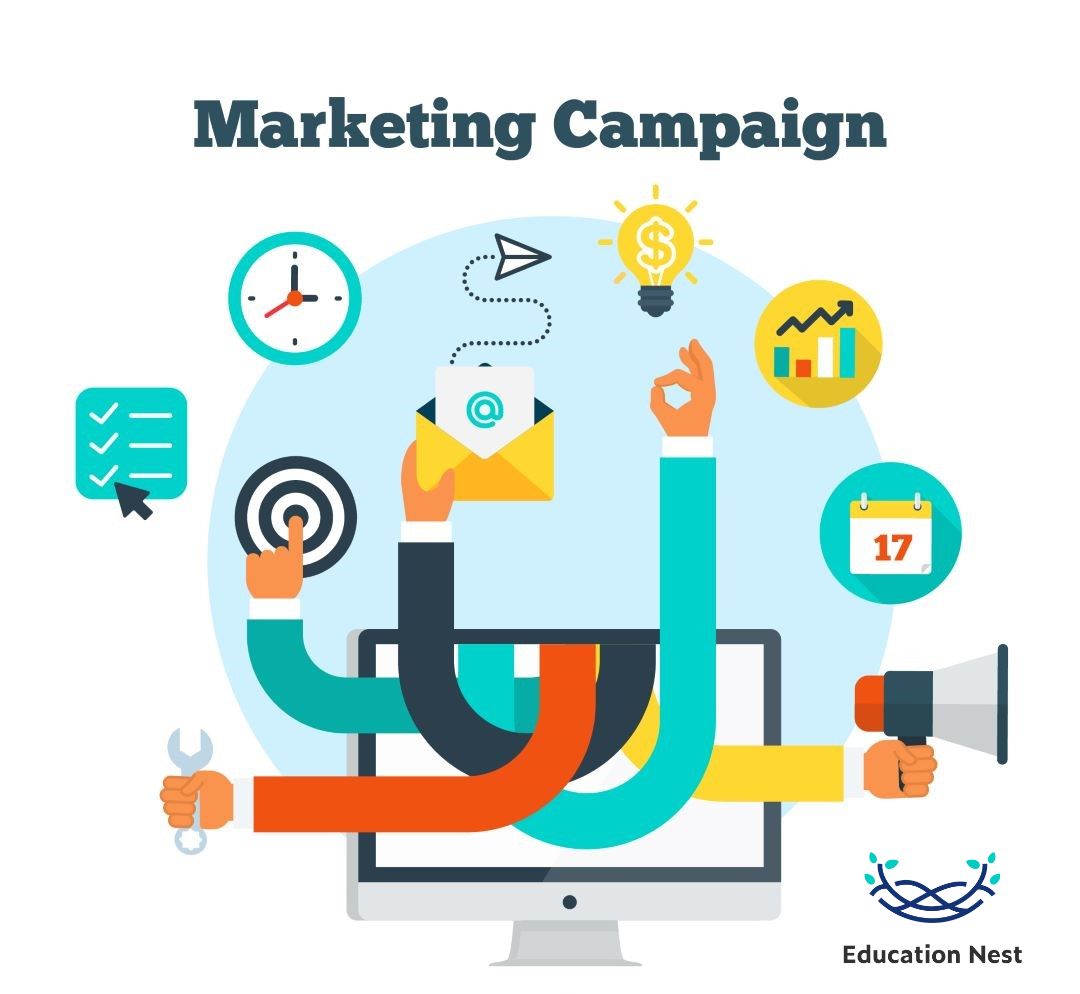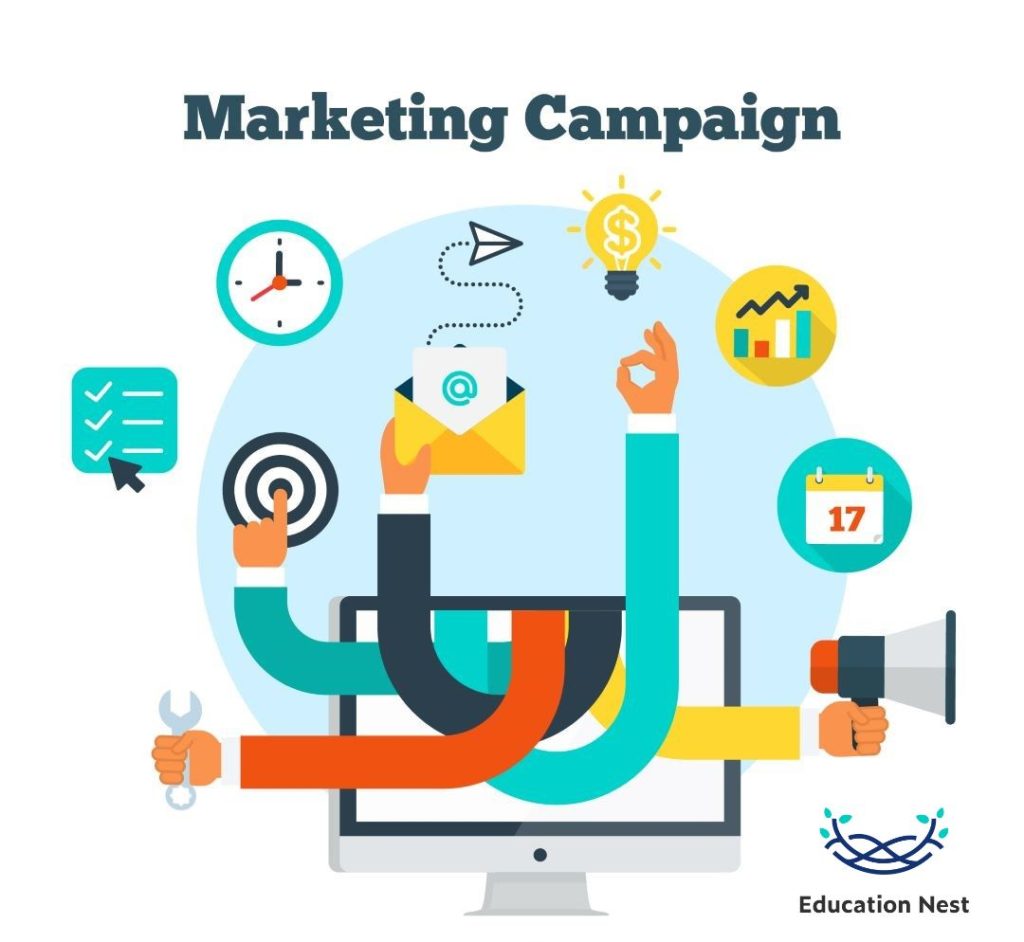
You need the 7 principles of the marketing mix to build a marketing plan that will help your company reach its goals in a certain amount of time. In this blog post, we will discuss the 7Ps of the marketing mix.
What is a marketing mix?
A marketing mix is a tool that businesses and marketers use to figure out how to get a brand, product, or service out into the market. At first, there were only four parts to the marketing mix. These were the product, price, place, and advertising. Most of these parts were geared toward B2C (business-to-consumer) businesses.
Today, the “marketing mix” includes three more “P’s”: people, process, and physical evidence. These three P’s cover business-to-business (B2B) companies, new technologies, measurement, and other customer-centricities.
What are the 7Ps of marketing?

Product
The first P, Product, refers to the things or services that a business sells to its customers. In other words, the product is what a business sells to its customers, whether it is visible or not. The product’s style, quality, features, and packaging are all covered by the Product element of the 7Ps. To do marketing well, businesses must know who they are trying to sell to and ensure their goods fit that market.
Price
Price is one of the most important business principles because it affects the type of customers you get, the number of customers you get, and even how you talk about your product. Price is based on your product type, but what matters is how much the product is worth.
The fashion business is the best place to see how important perceived value is. A white t-shirt from a brand like Louis Vuitton (LV) can sell for hundreds of dollars, but a similar one from Target can be bought for just $10. The way people see the value is very different, but the LV shirt is much less popular.
Place
The place principle concerns where a business sells its goods, like on a storefront or an e-commerce website. Marketers figure out where to advertise goods to the organizations’ target customers by looking at how consumers buy and how that affects their buying cycle. The buying cycle is when a consumer realizes they have a problem, starts looking for products or services to solve it, thinks about their choices based on what they’ve learned, chooses and buys a product or service, and then decides if it solved their problem and if they’ll come back.
Promotion
Marketers use the promotion principle to determine where and how to promote goods and services likely to appeal to their target customers. For example, when deciding where to promote goods or services, it’s important to consider marketing strategies and customer service. You can choose a mix of in-store and online discounts for your company’s marketing mix.
People
The marketing and sales teams comprise well-trained people who know much about their jobs. This can also be used to talk about the robot on the brand’s website that helps customers with their questions as they browse. These people help customers, build connections with them, and put in place plans to improve all parts of the customer experience.
Making sure the company’s customer service team is friendly can help the business make more money and keep customers coming back. If a customer has a good experience with a company, they may tell others about it. This helps the sales process.
Also Read:
What is Marketing Management: Why is it Important?
Process
Process refers to how the company makes its goods and services, including how it advertises and sells new products. The principle can help make production more efficient, improve marketing, and speed up the rate at which goods sell. When making the brand’s methods, it’s important to make sure they match the brand’s values. For example, a company that gets its clothes in an ethical way may make sure that its business practices are sustainable and good for the world.
Physical evidence
Physical evidence is creating proof of a reputation, promoting a brand’s image, product or service quality, and making customers more aware of the brand as a whole. Brand awareness is when a customer can think of a business when choosing where to buy something to solve a problem. You can get real proof by making business cards for the company and giving them to people when it’s the right time to do so. The physical evidence could also mean a consumer’s proof of purchase, which includes digital and physical receipts, follow-up emails to the consumer asking about purchased goods, and invoices.
Conclusion
The 7Ps are important because they can help a company review and change its marketing strategies to make sure it’s using the best methods and figure out if the brand is having problems that need to be fixed. Using marketing theory in your business tasks may also help you.

